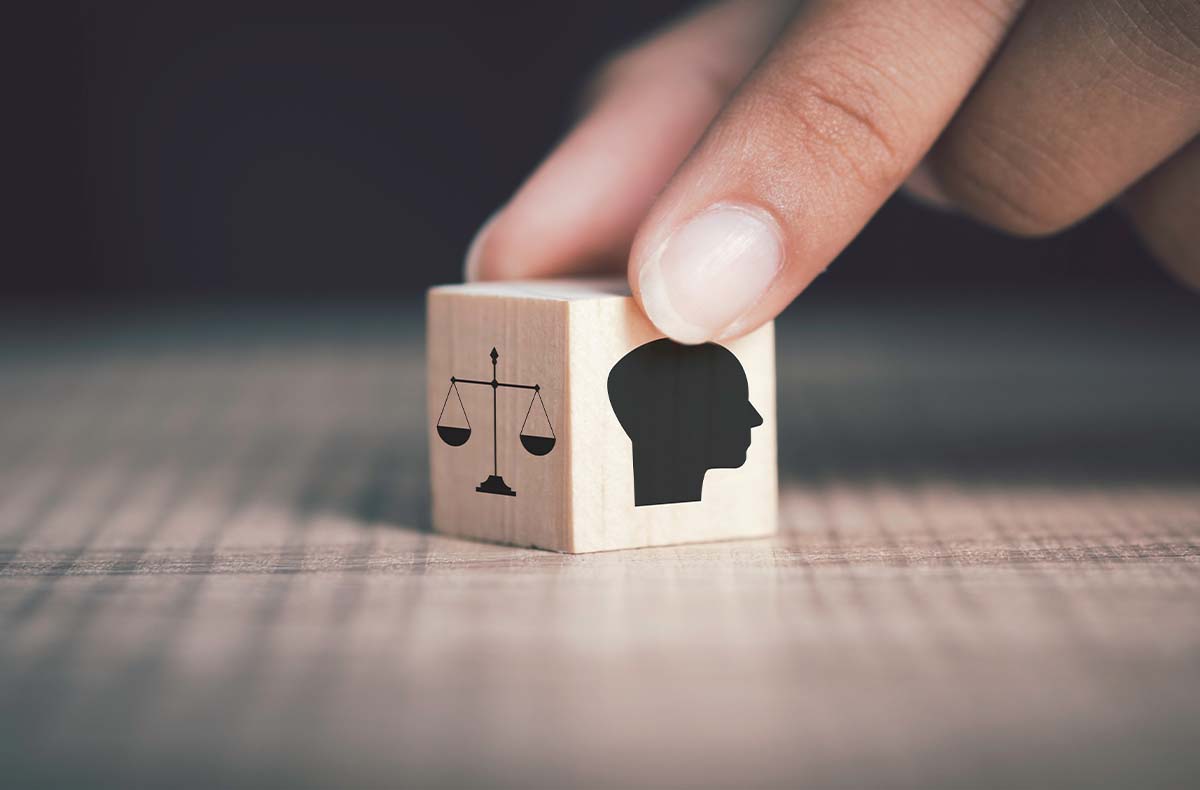
I am thinking of Mark, a five-year-old in a parochial school whose fundamentalist kindergarten teacher taught the class about obedience by telling stories about Satan and the punishments in hell awaiting naughty children who offend God. The boy had nightmares for many months.
I am thinking of Adanna, who knew she was a lesbian at a young age but feared her parents because of their conservative religion. When she did come out to them, at 16, they told her to pack a suitcase and forced her from her home. All for a few Bible verses written from 2,000 to 2,700 years ago (and maybe more), ripped from historical context and responsible scholarly interpretation.
I am thinking of the “ex-evangelicals” about whom Christian historian and author Diana Butler Bass writes, kids thrown out from or who left a fundamentalist, literalist church. She speaks of “the people, the human beings who were treated as litter by evangelical leaders and institutions on a crusade for religious, social, and political power, a quest that wrecked their souls and their sanity.”
There are countless more stories like this. They remind us that child abuse can be more than physical or sexual. Kids may suffer psychological and spiritual abuse, and some of it is caused by corrupted religion—a religion that values literal readings of scripture, conservative dogma and controlling doctrine over the health and well-being of children and young adults.
A defensible core theology
It’s my intention to provide you with enough background and learning to help you guard yourself and your kids against the predatory nature of far-right religion. Some forms of Christianity exemplify love, peace, justice and virtue. They are characterized by their acceptance of all people. But other, increasingly dangerous supposed Christians constitute a threat to individuals, groups and the entire nation. These must be vigorously opposed, not with emotion but with knowledge.
If I can protect people and their kids based on this knowledge, that’s great. If I can also interest others in credible religion and spirituality that embraces science and knowledge, that’s great, too. The Dalai Lama said that if science proves facts that conflict with religious understanding, then religion must change. “We should always adopt a view that accords with the facts,” he said. “If upon investigation we find that there is reason and proof for a point, then we should accept it.”
An essential step: Defanging scripture
So much cruelty and misinformation are foisted upon people by a literal reading of scripture. You can defend your family against that misuse of scripture by what I call “defanging” it, so it can’t do as much damage. Let’s consider the Hebrew scriptures (mostly as interpreted by Christians) and the Christian scriptures. I’m going to point out some things that even very young kids can understand. First, the phrase “the Bible” is without much special meaning. It just means a collection of books. Saying, “read the Bible” is like saying, “read the Chicago Public Library.”
You can teach your kids how to defend themselves against people who say that something is “in the Bible.” The first response can be, “Which particular book in the Bible are you talking about?”
Is there a consistent storyline across those books? That depends. Certainly, one dominant, consistent core belief is about one God as the object of worship. This is best summarized by the Hebrew Shema prayer: “Hear O Israel, the Lord is our God, the Lord is One.”
Other than that, we’re left with an amalgam of often conflicting ideologies, dogma and ethics. That’s why people can throw contrasting Bible verses at each other over almost any topic.
Conservative Christians will disagree. They claim that everything from Adam and Eve to the death and supposed resurrection of Jesus tells one long story of the fall and redemption of humankind. But that’s all it is: a story, made up and told by human beings.
Another helpful thing you can do is read creation stories from other cultures to your kids to expose them to differing beliefs and perspectives. We had a lovely Cherokee origin story that we read to our children. This can lead to fun and important discussions. “What do you think of the creation story in Genesis?” “What did you think of the Cherokee story?” “How are they different?” “Is one a better story than the other, or are they both equally interesting?” “Are these stories true? Did they really happen?”
The hand of authorship
Another essential teaching involves helping your children see the hand of human authorship in scripture. When I got far enough in my education to learn “higher criticism” or “historical criticism,” I could understand how different books of the Bible were written and put together by ancient people. How freeing that was! And what wonderful rooms of interpretation were opened to me by understanding how stories went from oral to written to edited to rewritten and on and on. Insights into human thinking and the human condition were made available to me.
The Bible is not dictated by God. That’s also a discussion point. “Do you think there was a journalist or writer present all the time to record things? Was a writer or some kind of scribe taking dictation? No, of course not. So, how do you think it got written?”
To counter the claim by corrupted religion that scripture is “infallible” (that is, without error), kids need to understand and learn just a little bit about the hand of authorship in scripture. Even young kids can get this point. Here’s one example: In the Genesis creation story, were humans created first and then the animals? Or was it animals first, then humans? It has to be one or the other, right? The answer is that both options are in Genesis. Two different traditions, two different stories were mashed together (Genesis 1:1-2:3 and Genesis 2:4-25).
See? The hand of authorship. Again, it is very freeing. Like opening a cell door. To learn more about the compilation of the Genesis story and other books of Hebrew scripture, try Who Wrote the Bible? by Richard Elliott Friedman. It’s for adults but is pretty accessible and not overly academic.
Scripture is not perfect or error-free. At its best, it is a record of human beings trying to figure things out—to understand themselves and the world, a world that often seemed (and still seems) mysterious. Scripture contains many examples of beauty and wisdom. It also contains unspeakably cruel and false things. Corrupted religion throws many hurtful words and beliefs at kids (and all of us) to build up its favored kinds of believers and tear down others (and even send them to hell). Learning to see and understand what’s helpful and edifying in scripture and what’s not needed in part of your kids’ learning process.
There is another kind of defanging you can do with your kids, and that’s about recognizing the presence of mythology in scripture—myths not as lies, but as stories deeply revelatory about the human psyche. In many cases, the stories told in Hebrew and Christian scriptures are not unique but are shared by other cultures. That can also be a very freeing exercise, loosening the tight grip of fundamentalist, literalist Bible interpretations.



